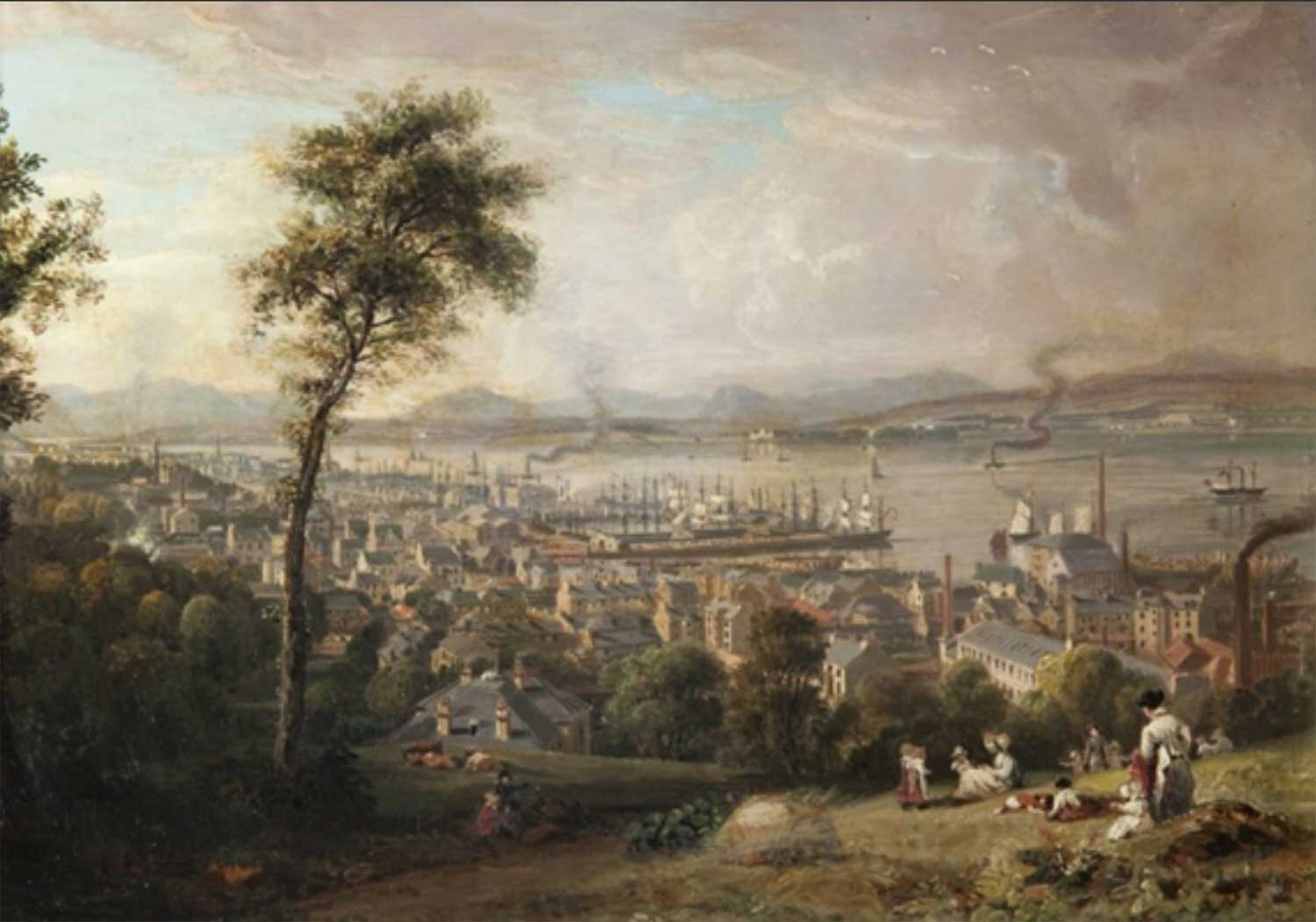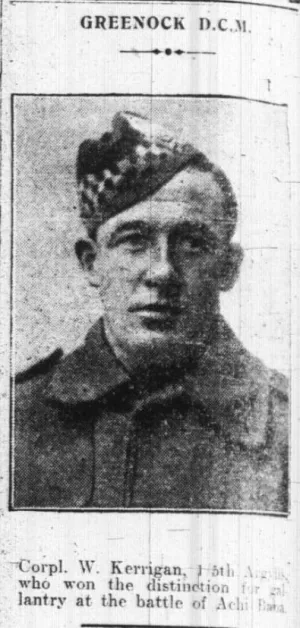Belville and its inhabitants are front and centre in key moments of UK history such as the Second World War, Clyde shipbuilding and post war rebuilding. We want to reclaim our future heritage too. Far from being an urban area devoid of life, Belville’s urban greenspace is important for natural heritage, mental and physical wellbeing. By remembering our heritage and looking to the future this will help start the rebuilding of our community resilience post pandemic.
Looking out from Belville today we see the RBS and EE call centre buildings. Back in the 1940s the view would have been down to the Cartsburn Dockyard, which was used during WWII entirely for naval construction where three cruisers, twelve submarines and twenty destroyers were built.Approximately 4000-5000 people were employed by Scotts’ Shipyard and this shipyard is thought to be the main reason why Greenock was bombed during the war. In May 1941 during the blitz their Head Office was destroyed by bombing and all the valuable engineering and ship records were lost. Many people from Belville Street and the East End of Greenock were employed at the shipyard at that time and Belville Street also experienced considerable damage during the Blitz.
Right up until the end of the 1980s, the view from Belville Street would have been busy with ships on the Clyde. Walking down the front you would hear the sounds and smells of construction and this became part of the identity of the area. In the 1980s/90s these industries closed and yet they still have remained deeply engrained in the memory of people in the area ever since.



